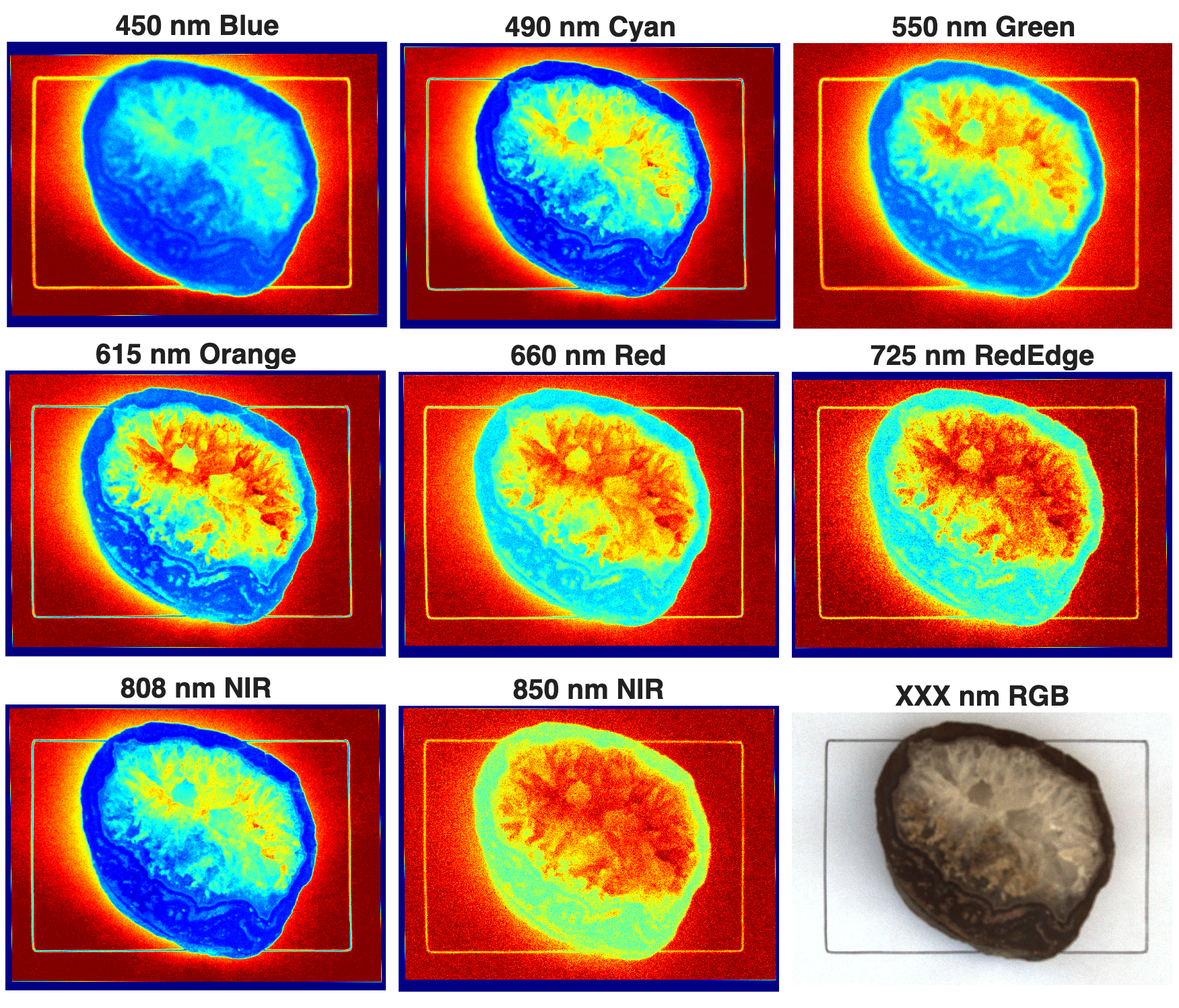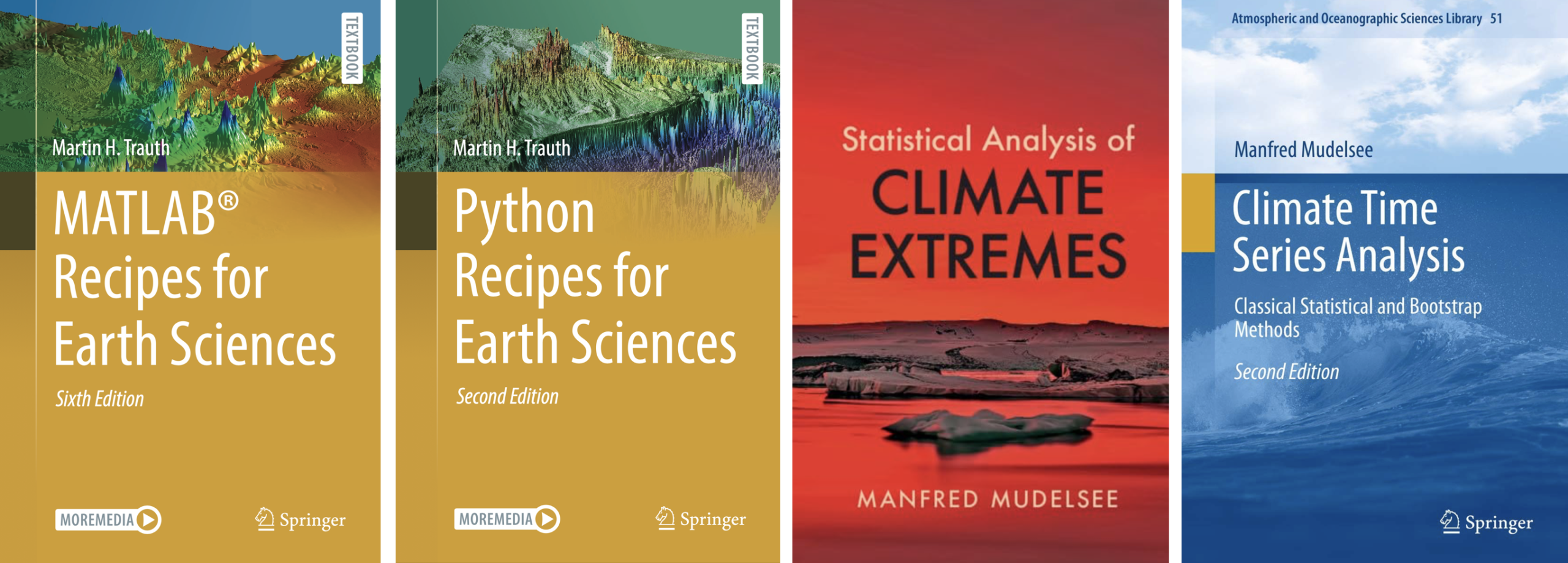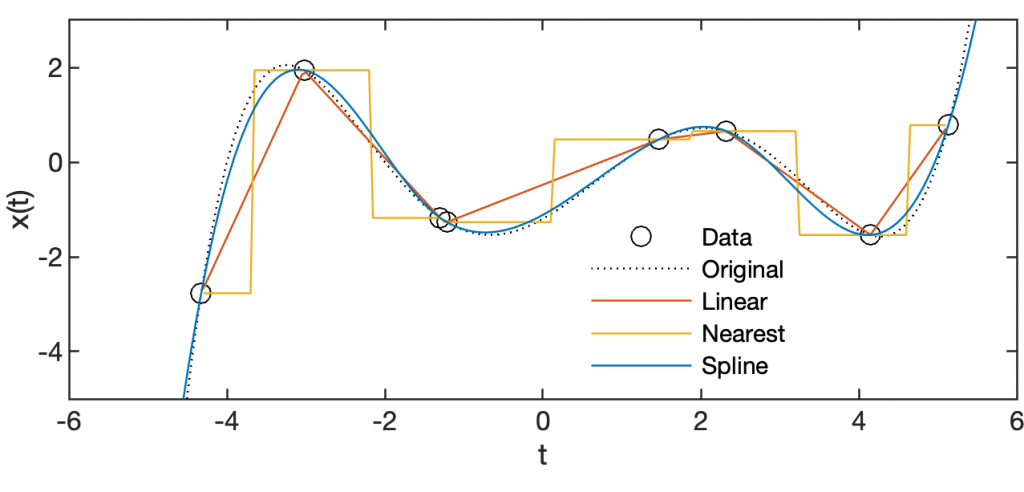
More than 30 years ago, I began teaching compact courses on data analysis in the earth sciences. 20 years ago, I started thinking about writing textbooks. Now there are six textbooks and many different course formats for you. Here is an overview of the current options! Continue reading “Online Courses in Modern Data Analysis Methods in Earth Sciences with Python and MATLAB”







